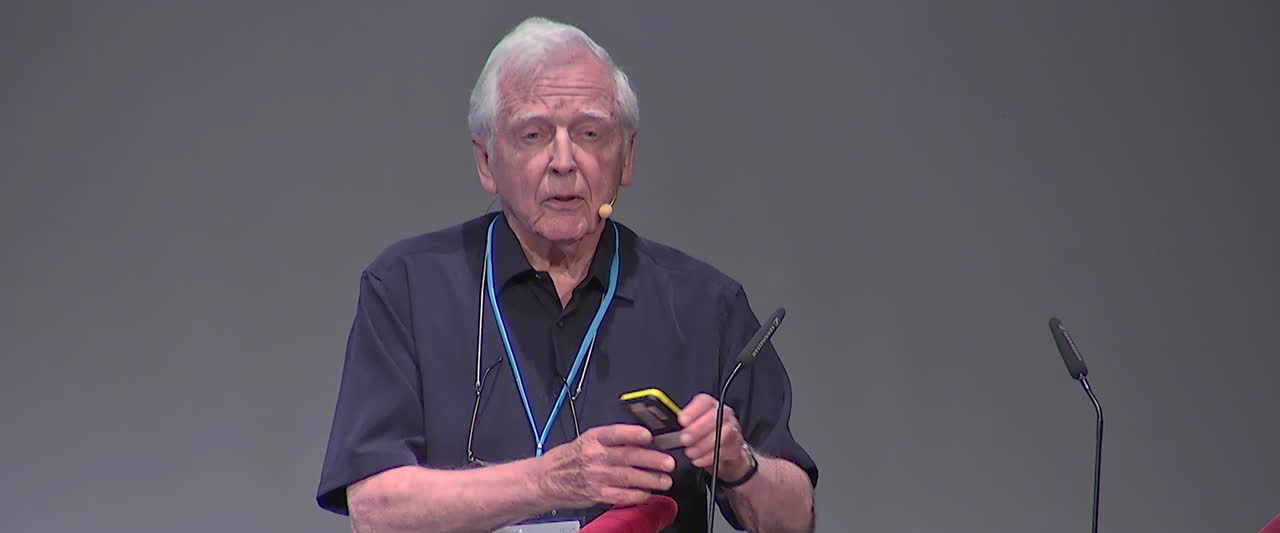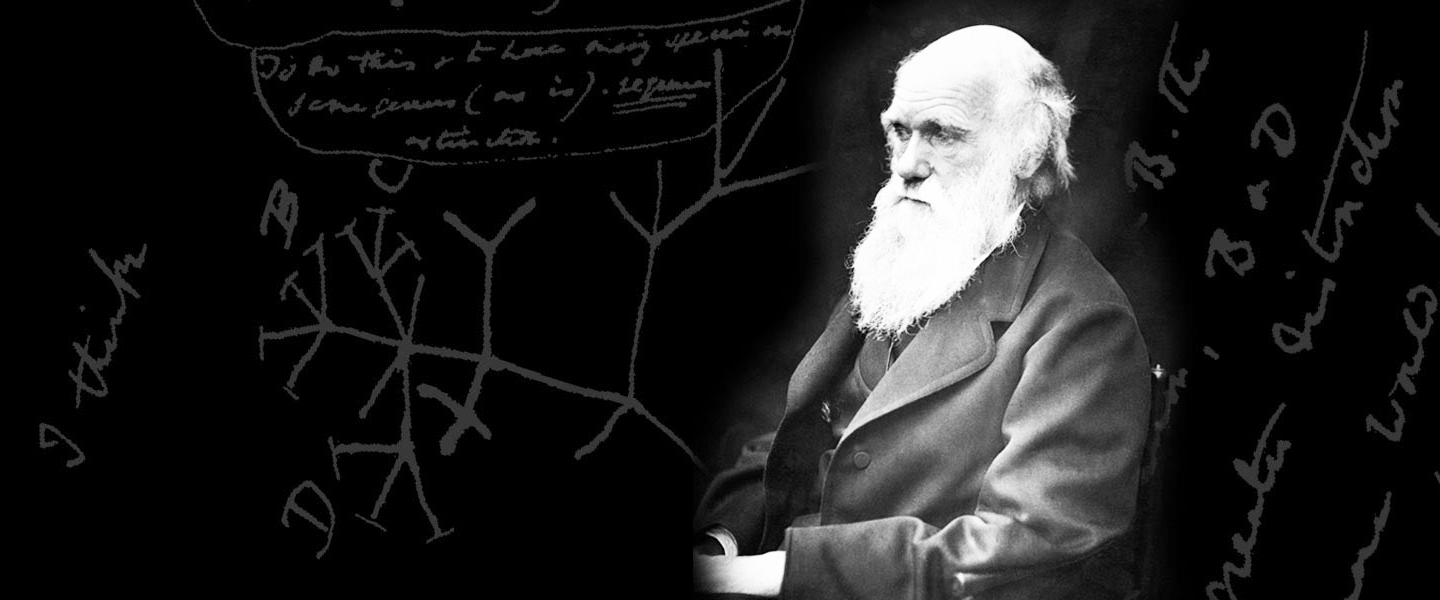19th May 2015.
Tini Garske, Imperial College London
The second seminar of the series on Modern and Ancient Plagues (malaria, tuberculosis, HIV and Ebola) will be given by Tini Garske at 6.15 pm in the College Lecture Theatre.The poster of the seminar can be downloaded here. All interested participanrts are welcome.
The outbreak of Ebola in 2014 has constituted a major health emergency in Africa and has raised concern of an epidemic of considerable scale. The seminar will address the scientific knowledge available, discuss the prospects and progress with vaccination and the lessons that can be learned from the 2014 outbreak in order to contain and control future outbreaks more effectively and prevent a large scale medical emergency. Together with HIV, Ebola represents a disease that has the potential to turn into a modern plague unless adequate scientifc progress is rapidly achieved and unless international institutions are capable of producing an adequate response to future outbreaks.
References
[1] Ebola Virus Disease in West Africa — The First 9 Months of the Epidemic and Forward Projections. WHO Ebola Response Team. New Engl J Med. 371:1481-95 (2014)
[2] The 2014 Ebola virus disease outbreak in West Africa. Gatherer D.J gen Virol 95:1619–24 (2014)
[3] A race for an Ebola vaccine: promises and obstacles. Cooper CL and Bavari S. Trends Microbiol 23:65-6 (2015)
Tini Garske is at the MRC Centre for Outbreak Analysis and Modelling of Infectious Disease Epidemiology at Imperial College London, will deliver a seminar addressing the causes of the most recent outbreak of the Ebola virus in West Africa. Her research focuses on how climatic and environmental factors influence the dynamics of transmission of infectious diseases. She has studied malaria, influenza and more recently, yellow fever and Ebola. She co-authored the recent WHO paper that detailed the Ebola virus outbreak, and is a member of the WHO Ebola response team.
Image source: Public Health Image Library (PHIL) of the Centers for Disease Control and Prevention (CDC).












